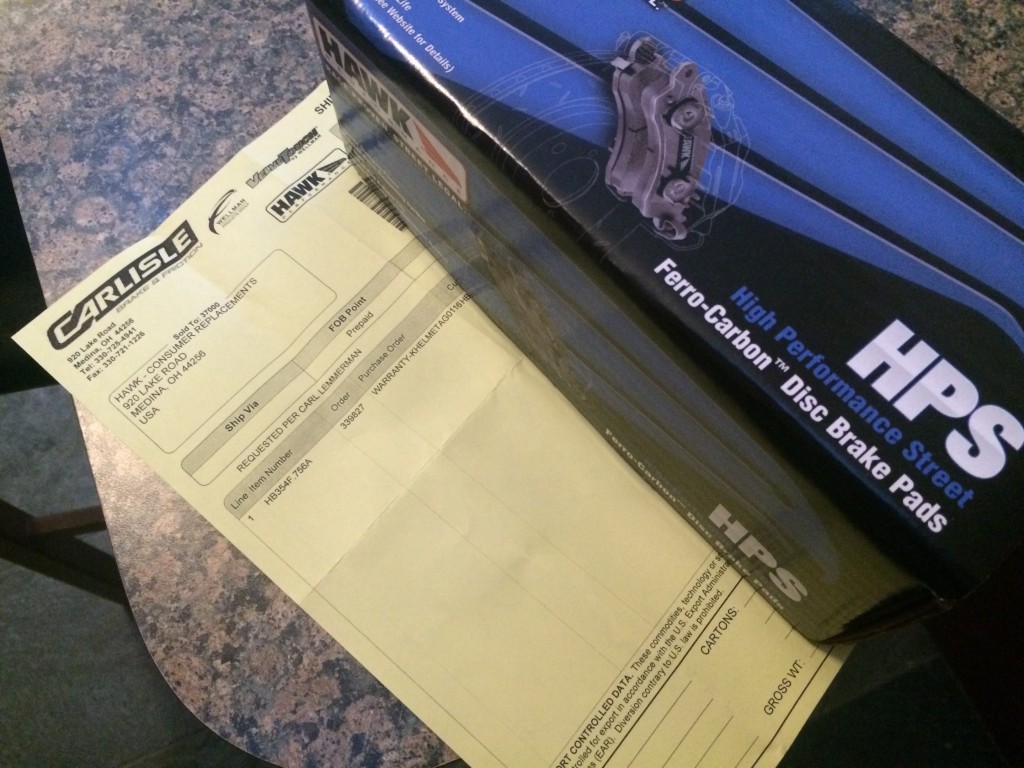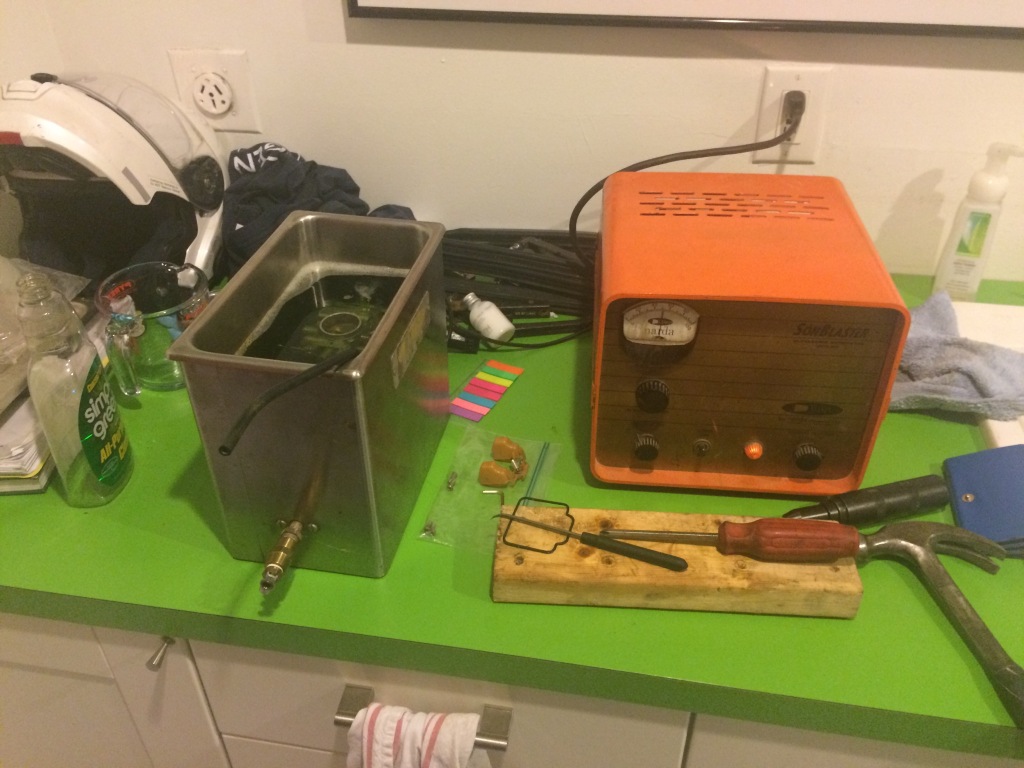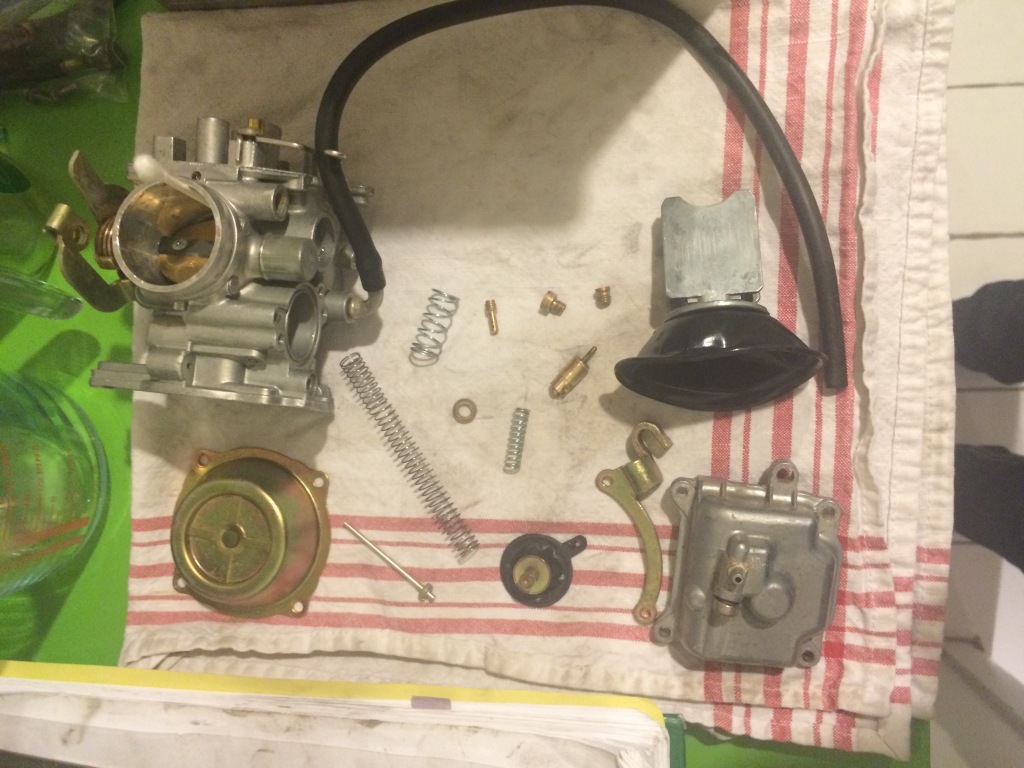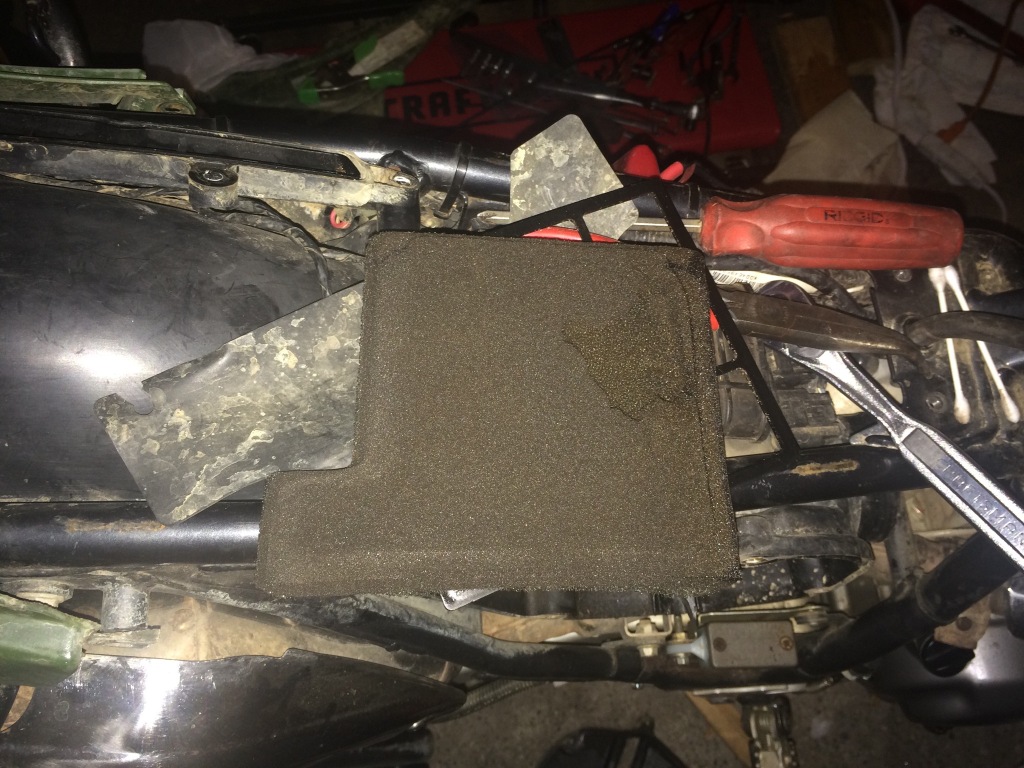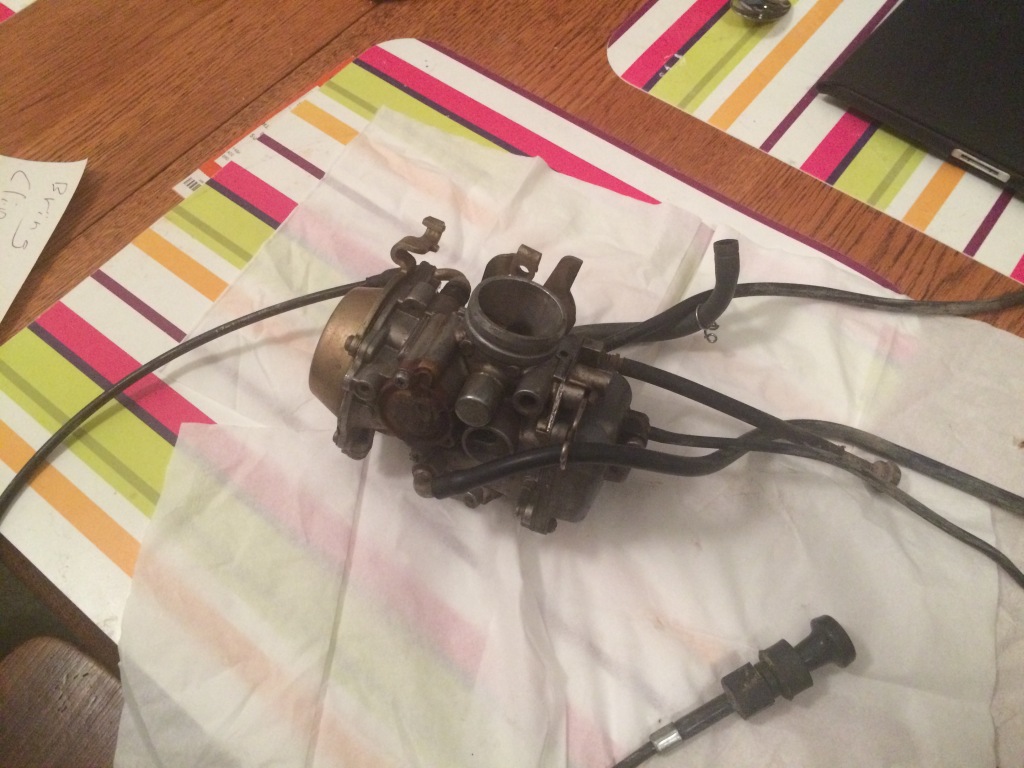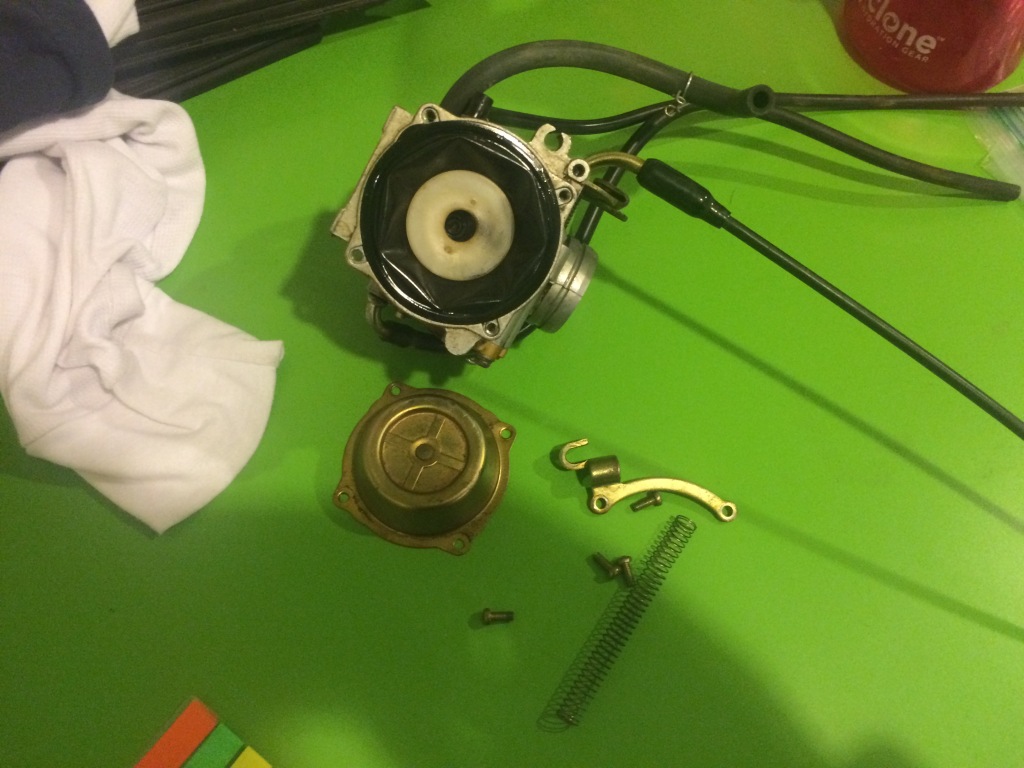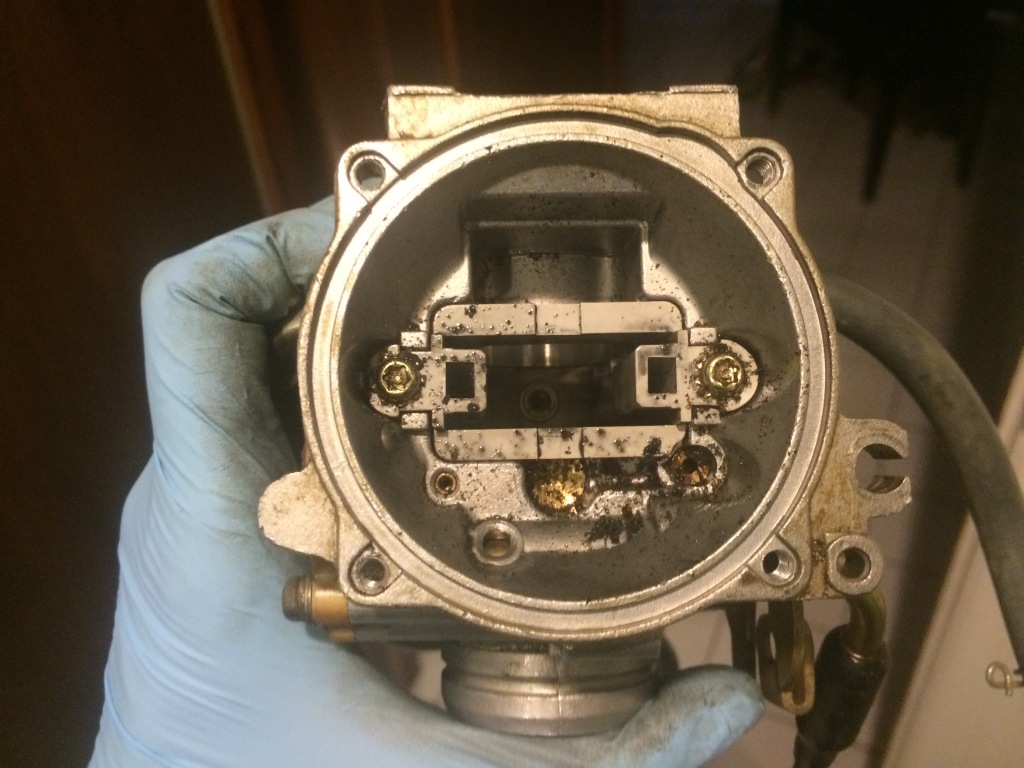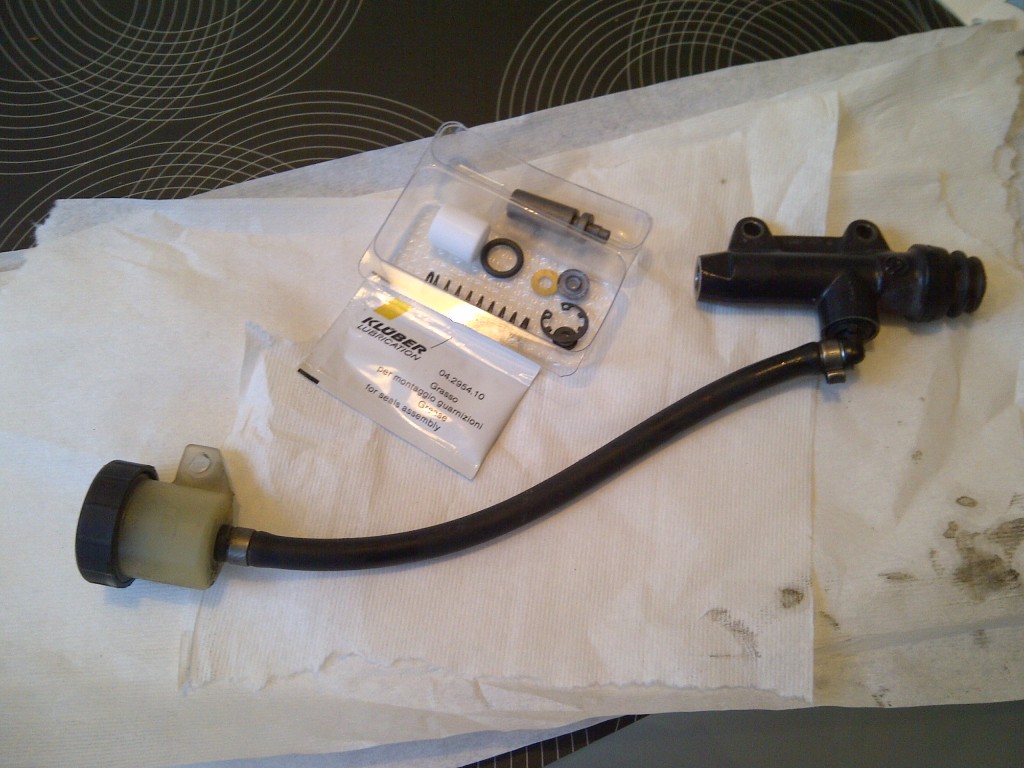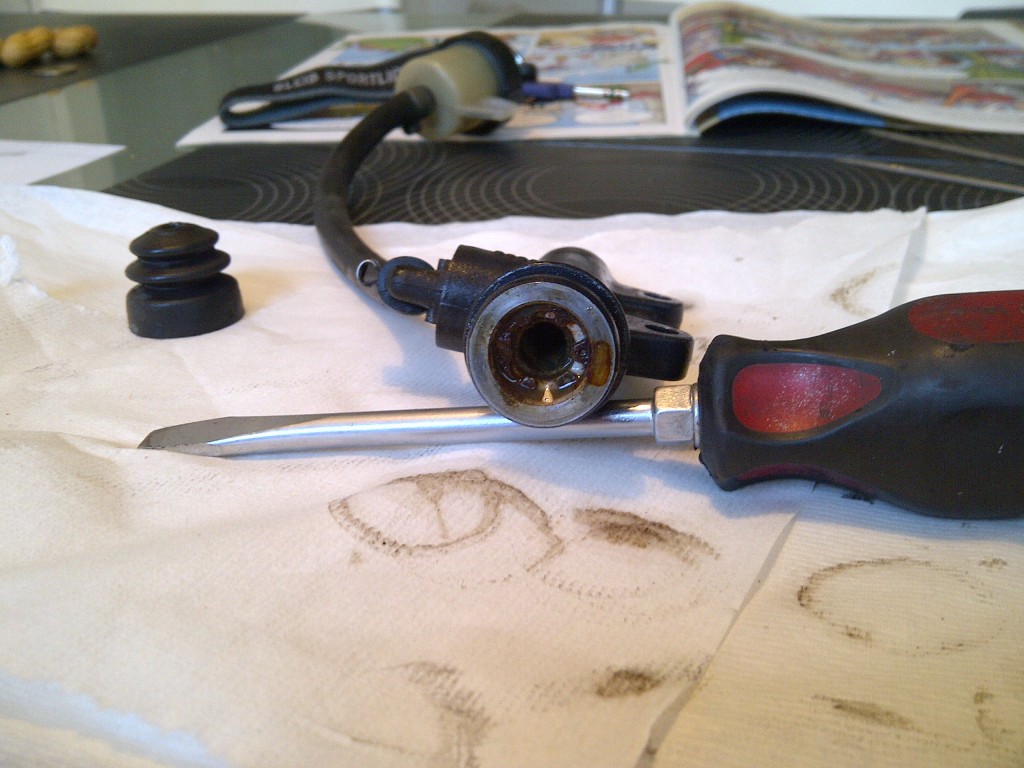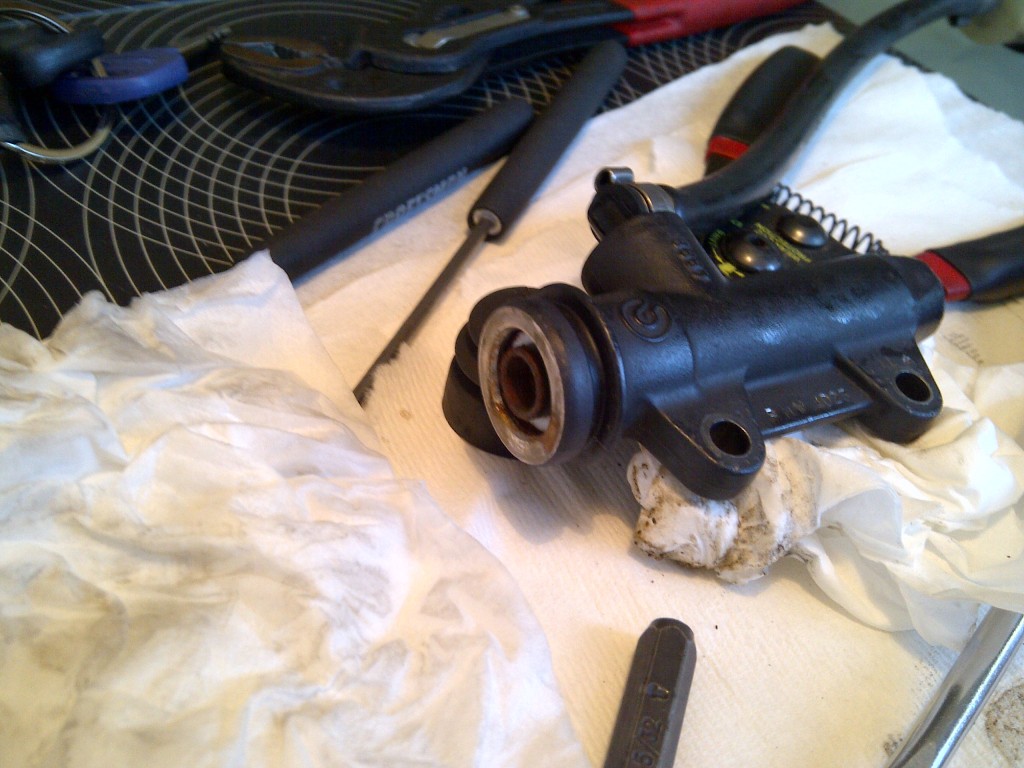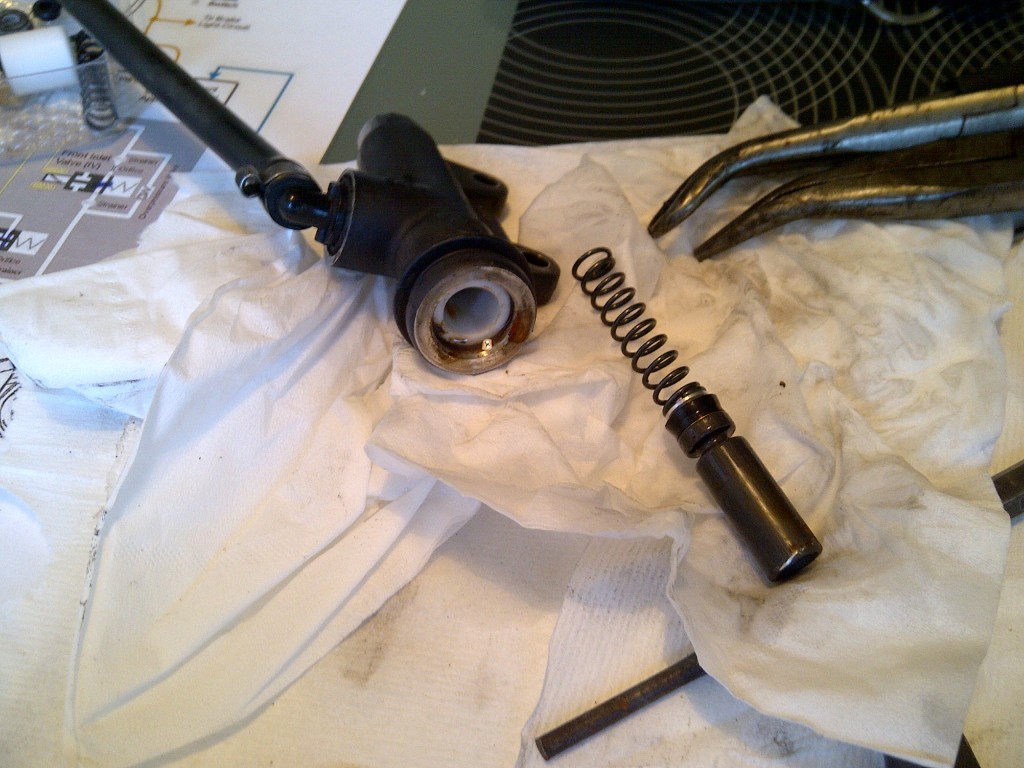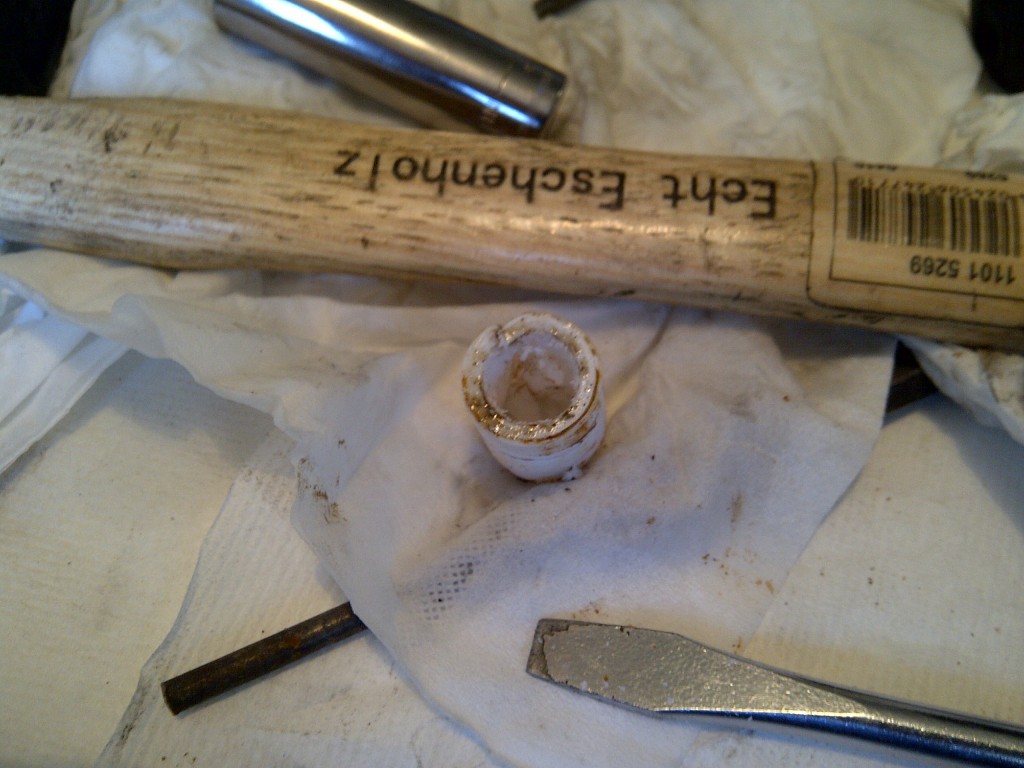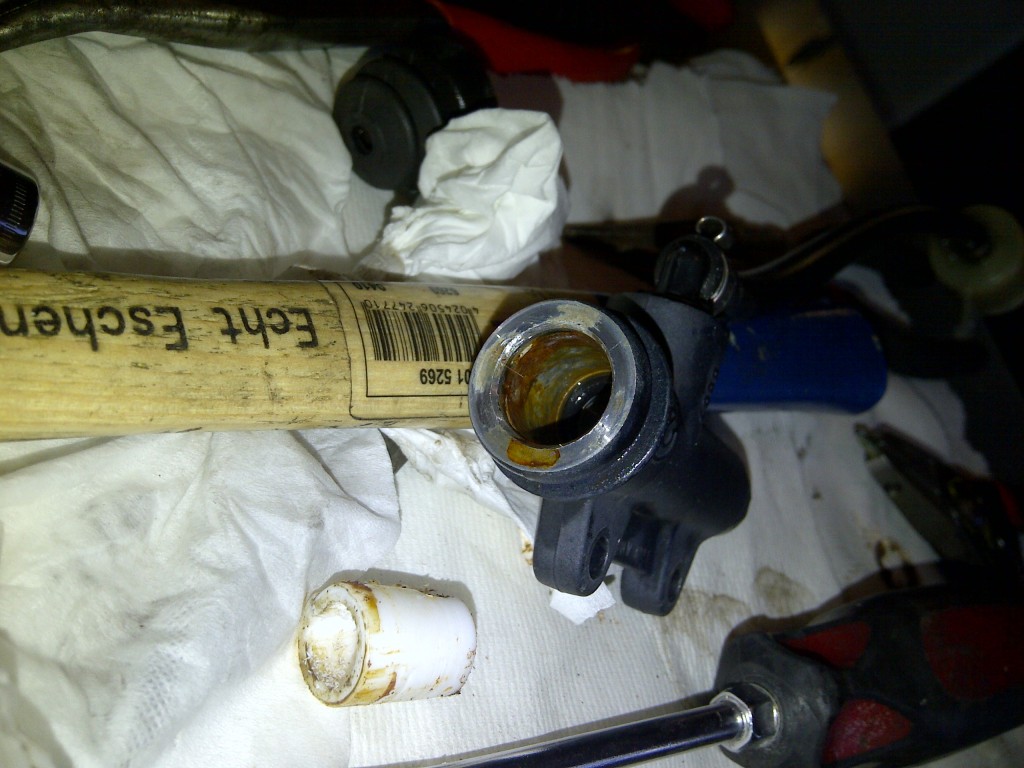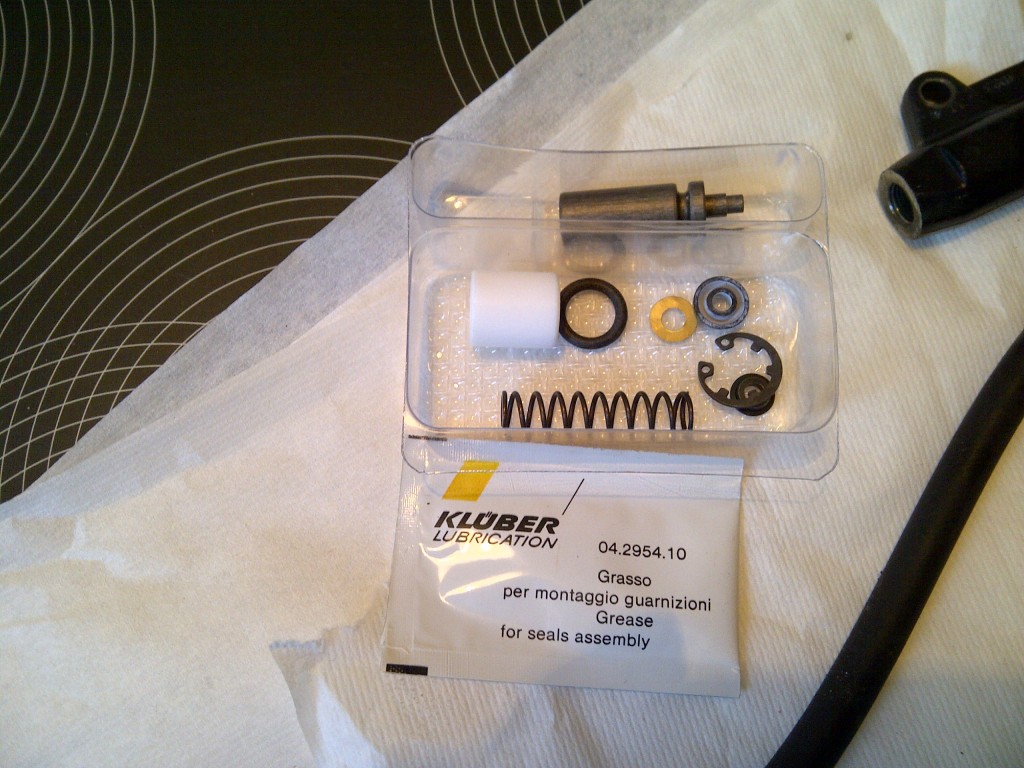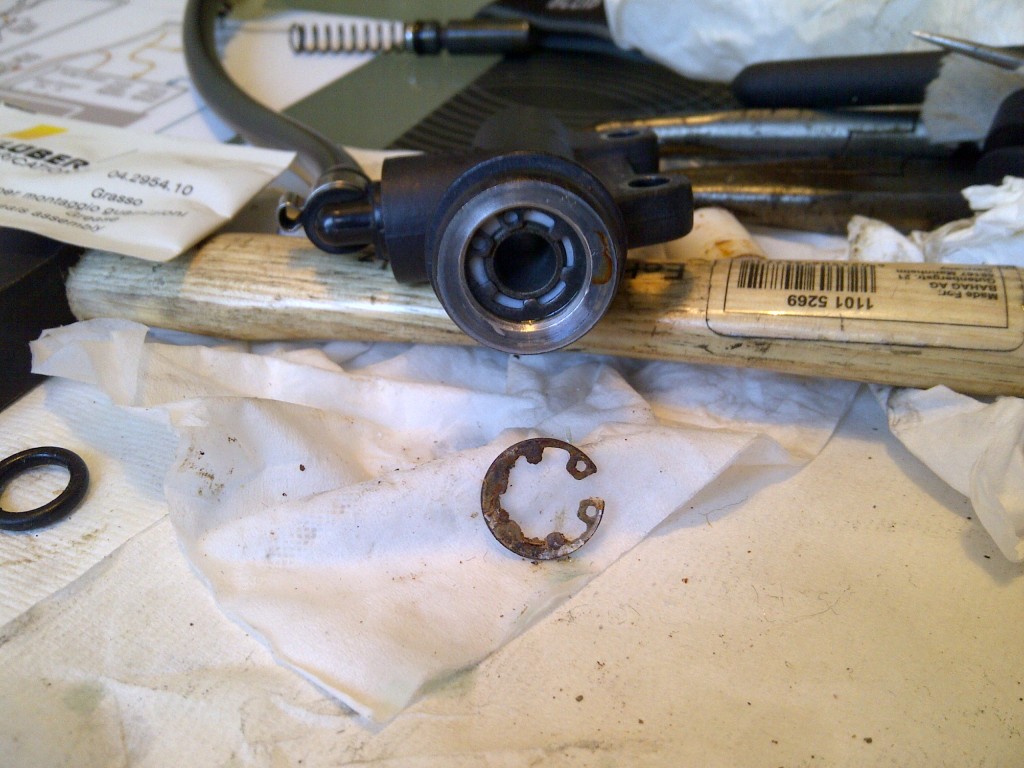I mentioned that I’ve been riding the Sherpa a lot lately due to a shoulder injury, and it’s been a total blast for the most part. Just not the grooved pavement part.
Last year, I fitted the little green bike with IRC TR8 tyres front and back. They are a good medium duty knob that is regarded well for its on-pavement performance and durability in addition to its very good dirt and gravel chops. I like them a lot on gravel and on grass (yes, I ride on the lawn), and find them to be pretty decent on asphalt.
Unfortunately, a large amount of Michigan seems to be grooved concrete, and knobs and grooves do not seem to get along well.
I initially played off the serious instability of the bike on the tyres being knobs, but the truth is, the TR8s are not a particularly squirmy tyre. If they were, I’d notice the issue on all roads. I finally traced it to the grooves when a colleague noted that my rear tyre was “moving around an awful lot” after following me on I696 one morning. Another day, I had a braking “incident” where I locked the rear while stopping for a red light and the little bike became extremely squirrely. I revisited that lane later and found that it was not only grooved, but the grooves were full of silt and sand. My guess is that there was just enough low traction material to keep the knobs from biting the grooves, and that led to the lockup. I rode it out and did not hit the car in front of me.
I suppose that the lightness of the Sherpa is interfering with me feeling how much the bike actually is moving under me. Apparently, I’m becoming rather used to it and no longer bothered at all by the extra motion. This is a big step forward for me as a rider – I’ve had some fear about handling low traction surfaces and now I find out that I’ve been living with an entire low traction bike for the last two months.
The role of traction* in the stability of a motorcycle is interesting. Too much at the wrong time, and you are flying over your bike in a high-side dismount. Too little and you are hitting the ground in a low-side fall. Somewhere in between (and a pretty big section of in-between, thankfully) is enough traction to stay upright and move forward. Control of the traction force is up to the rider – one can spin up the rear in a nice, smoky burnout, or manage rolling at just the right speed to keep the rear tracking around a hairpin. That burnout is a roost in dirt, where the surface determines more of the traction characteristics than the tyre does. The knobs on knobby tyres allow the tyre to dig into the surface and grip more of it, trying to catch it and lock into it. Roosting occurs when the surface is torn up and thrown into the air. Obviously, this is a bit challenging to do with concrete, so the tyre gets torn up and thrown into the air instead. You can think of the difference between street and dirt riding in terms of which surface is the primary sacrificial one – while dirt tyres do wear (and quickly!), the surface takes more of a beating than the tyre does. This is why motorbikes are often banned from outdoor recreation areas – too much damage to the trails.
Riding in a situation where the traction is not at the operator’s complete beck and call can be unsettling, at least until it is ingrained into the rider’s personal physics. The old term “backing it in” refers to breaking traction at the rear while sliding the bike around a turn. Done properly, this is a very controlled use of traction (or the lack of it) to the rider’s advantage. It requires the rider to have significant comfort in the lower traction environment. One needs to feel confident that they can successfully hook back up and ride it out, without hopping over the line on the track that leads to a high-side. Where better to learn this than on knobby tyres in the sand or loose dirt?
All of this musing here is about me coming to terms with low traction. I’m finally starting to really get a feel for it. The baby GS has great Metzler Tourance tyres on and they are profoundly stable under many conditions. Add in the bike’s rudimentary ABS (it’s fine, quit bitching), and the bike is rather insensitive to traction condition transitions that would send the Sherpa and its knobs into orbit. Me along with it, too. Logging more seat time on the little bike with its little traction is helping me understand what low traction feels like and how to not only manage it, but relax and enjoy it. I’m not sure I’m ready to slide all 425# of the Beemer around, but I find that I’m getting less and less freaked out by the wandering rear end of the Sherpa each time I get on it, and what I used to consider frightening wobbles and stepouts are now just situations that require me to moderate my control inputs. I’m thinking less about everything associated with low traction now and riding it all more. Grooved pavement is no longer a navigation avoidance parameter.
Yikes. I might actually become a decent motorcyclist one of these days.
*Traction is friction in the presence of rolling, and is related to friction by the differential speeds of the two surfaces as described by the slide/roll ratio. I’m happy to pontificate on that, it’s kind of my thing.

